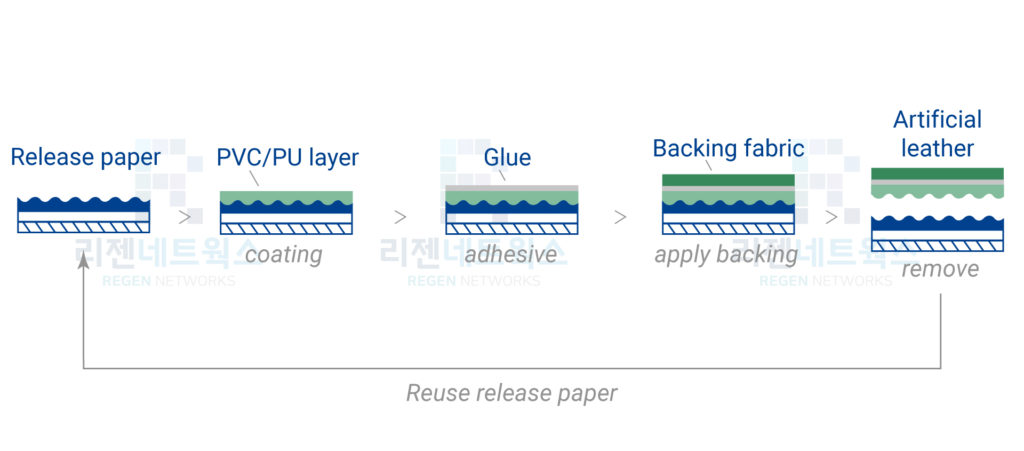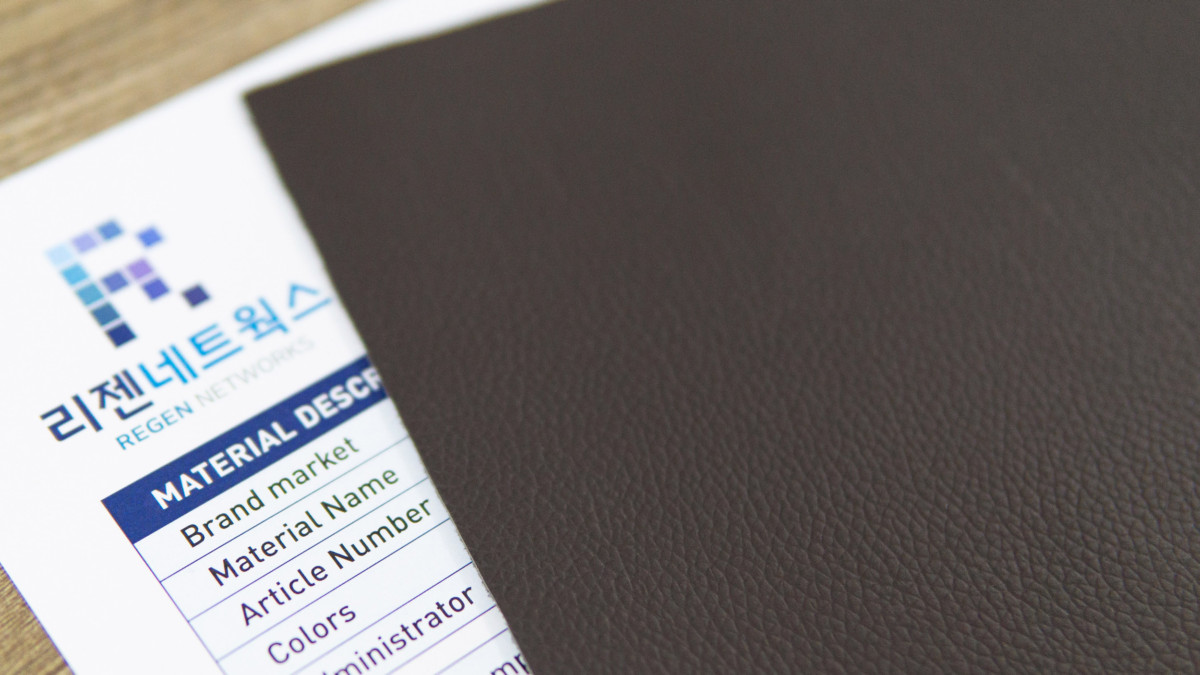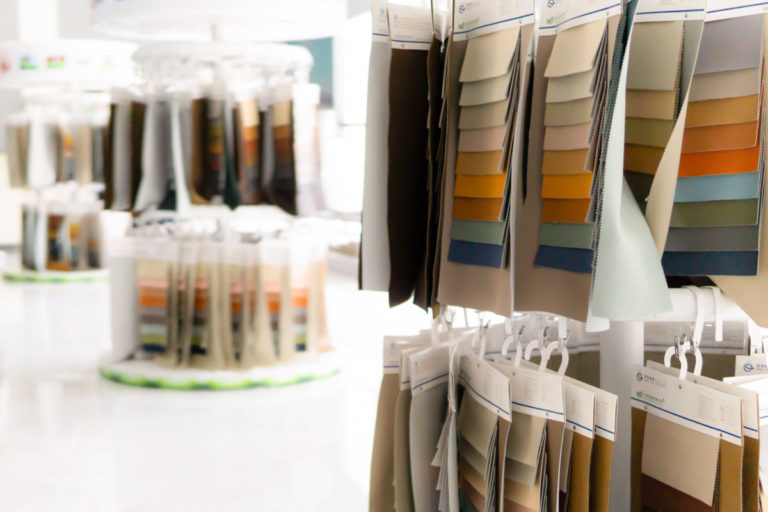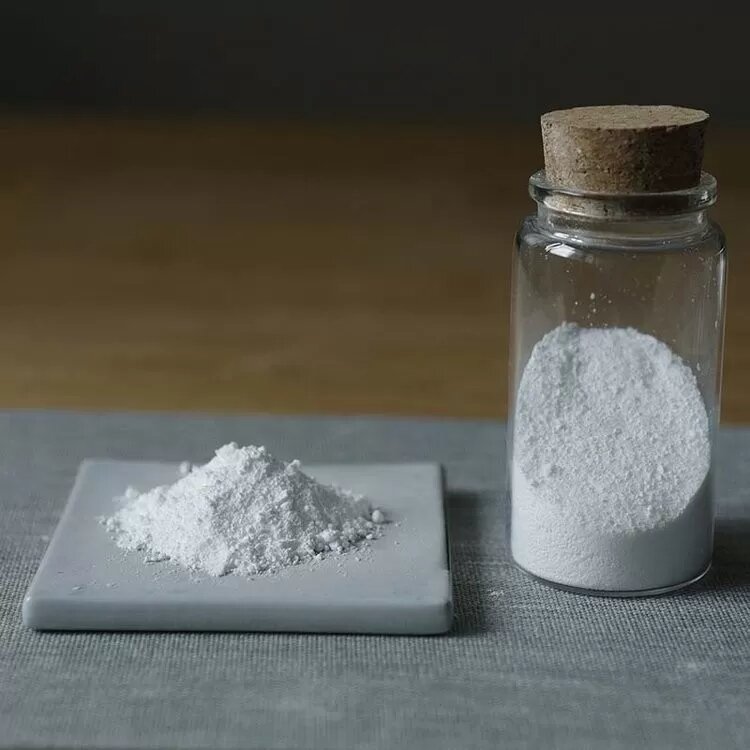What is the secret behind creating stunning patterns and designs on the surface of PVC and PU materials?
The key lies in the release paper, also known as casting paper, a crucial element that enables the creation of artificial leather with an appearance that rivals that of natural leather. This specially crafted paper has a unique texture and structure on its surface that, when combined with the casting process, transfers the patterns and designs onto the surface of the PVC or PU leather.
Introduction
The release paper (also called casting paper or RP) can be re-useable for several runs, however, it depends on certain inherent manufactured qualities of the paper, basically, they are graded on their weight per square meter. The range of widths will depend on the manufacturer or supplier and will generally be available in rolls of up to 2,000 m. Each roll will have only one embossed pattern so the manufacturers will have to purchase several rolls. Some important features when selecting these release papers are tear strength, degree of release ability, and maximum temperature usage range as the basic.

Production process
- The first stage of the production is making base paper. The long and short-fiber cellulose is mixed with water to obtain the pulp, then that mixture will go through a paper machine to make it harden and dry, finally, we have rolls of base paper are ready for the next steps.
- The following stage is coating the barrier layer, this layer will prevent the release agents in the next steps from soaking into the base layer.
- After coating the barrier layer, the base paper will be coated with special chemicals called released agents (for example, polyolefin or silicone) to make the paper the required gloss level, released effect, and other properties as required.
- The final stage is embossing the paper. The base paper with coating layers will be transferred to a machine with an engraved steel roller to make special patterns on the surface.
- After all of the stages, we will obtain the finished release paper.
The finished release paper then will be included in the manufacturing casting artificial leather process as a raw material in the first stage of production. After the production of artificial leather is done, the release paper will be carefully rewound and used several times (re-use) before losing its released properties.

Types of release paper
There are 2 main types of release paper: laminated type and coating type. The laminated type has a polyolefin film laminated on the surface of the paper, and it is suitable for manufacturing PU artificial leather. It is also very durable and can be used repeatedly. The coating type is coated with silicone or a special resin, and it is ideal for manufacturing PVC artificial leather. It offers excellent heat and abrasion resistance. The most common use release paper is silicone, which its surface will have “deep” emboss patterns, deep enough to transfer the embossed patterns to the first coating (solid), also known as the “skin”.
Produce artificial leather by using release paper
The production of artificial leather using release paper starts with coating PU or PVC layer on the paper, after it dries, an adhesive chemicals layer (for example, glue) will be coated on the surface and then applied the backing fabric on it. Finally, the release paper (casting paper) will be removed and we obtain the finished artificial leather.

Release paper is an essential component in the process of making artificial leather. It enables the creation of synthetic leather with an appearance that closely resembles that of natural leather by serving as a mold-release material during the casting process. The release paper’s surface prevents the synthetic leather from sticking to the casting surface, ensuring a smooth surface finish and easy release. While the release paper may have some texture and structure, its primary function is to provide a barrier between the casting surface and the synthetic leather. The transfer of patterns and designs onto the surface of PVC or PU leather can be achieved through other processes, such as printing or embossing.
To learn more about the process of making PVC casting and calendaring, check out our previous article:
What is the difference between Calendar and Casting (PVC)
Conclusion
In conclusion, the main purpose of using release paper in manufacturing synthetic leather is to imprint and mimic the patterns of natural leather, or to create a new design style of artificial leather. Common problems in using release papers are scorching due to excess heat and re-use, tearing of paper due to improper alignment or handling on the coating machine, and small particles or globules of under-cured polymeric mixture sticking on the release paper surface, thus, affecting the finished surface. Therefore, besides choosing a release paper based on the material, end-use, and production budget when manufacturing synthetic leather, you can consider some problems happen when using release paper in production to choose a suitable one.





Leave a Reply